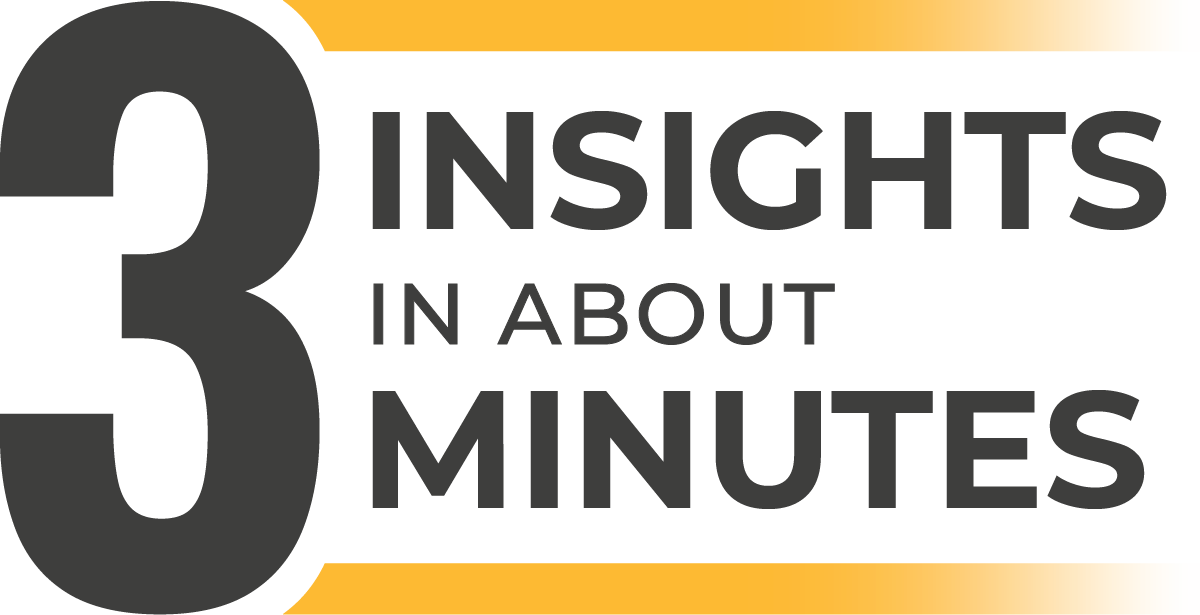Transcript
People analytics, now that was a new term to me. Welcome to The Marketing Accelerator Podcast…featuring three insights in about three minutes. I'm Drew Dinkelacker. Today I'm speaking with Shwetha Pai, Head of Operations and Marketing at Worklytics, where they generate actionable insights from work data while protecting employee privacy. Shwetha, help me understand…what is people analytics?
Shwetha Pai: So, people analytics is all about getting that kind of transparency that managers used to be able to get just by walking around and interacting in-person in teams. Well, now we don't necessarily have that kind of visibility and that transparency. And people analytics as a function is here to bridge that gap with data. So, in the past, managers used to be in the office, they could see and get a sense of how the team is feeling, what they're doing, who's kind of on the outside, who's really well connected. And surveys were just a supplement, were just to augment that data. Well, now because of remote work, there is no such feeling, and surveys have become the primary source of information.
Drew: Don't we have a lot of apps to keep us connected like Microsoft Teams or Slack?
Shwetha: Yeah, we do a lot. An average enterprise company has something like 27 different tools from Jira to GitHub to Atlassian, to all of these… It's not just collaboration, but there's so many tools and that's often the problem. Managers don't necessarily know how people are connecting with each other because there's so many tools. There's so much data out there.
Drew: So, I understand that the Worklytics product compiles all the activity on all these apps and then it analyzes them. What's the benefit to the manager?
Shwetha: You can't really go down to an individual level, but we can see things like, "Hey, your team has said that they don't feel very productive or they feel like there is some kind of a process backlog that they can't get over." Well, we can actually say, "Hey, you know what, that's probably, that sentiment is driven by the fact that the team doesn't have much overlap." They all work different hours because of flexible work and they don't have any overlap between them. On average, they only have two hours a day. And for any request out, this group of five people have to wait another 24 hours to get a response because of the way that they work. And that can cause a lot of angst within companies. We can track things like burnout and say, "Hey, your team is getting a lot of emails after hours."
Drew: Getting a true pulse of your remote workforce can be a valuable asset in managing your teams. The Marketing Accelerator Podcast is just one of the resources we provide for marketing and business leaders. I'm Drew Dinkelacker.

